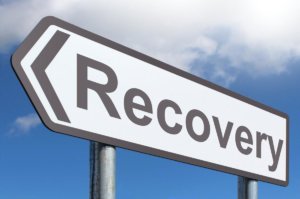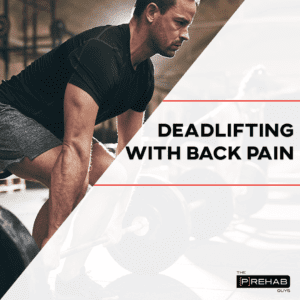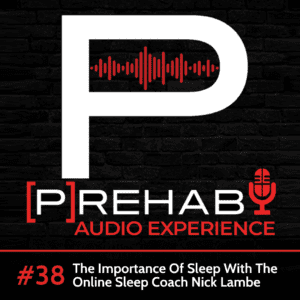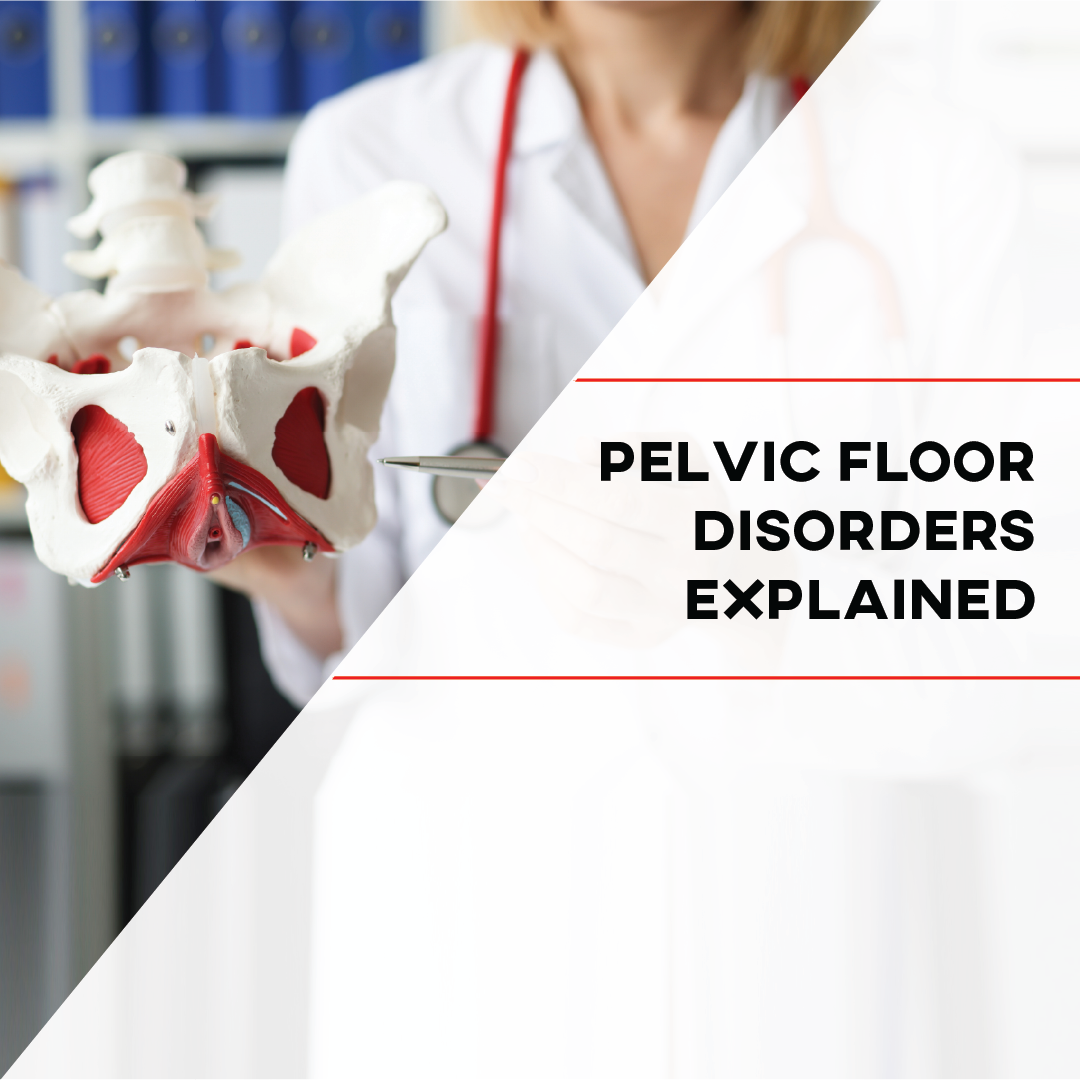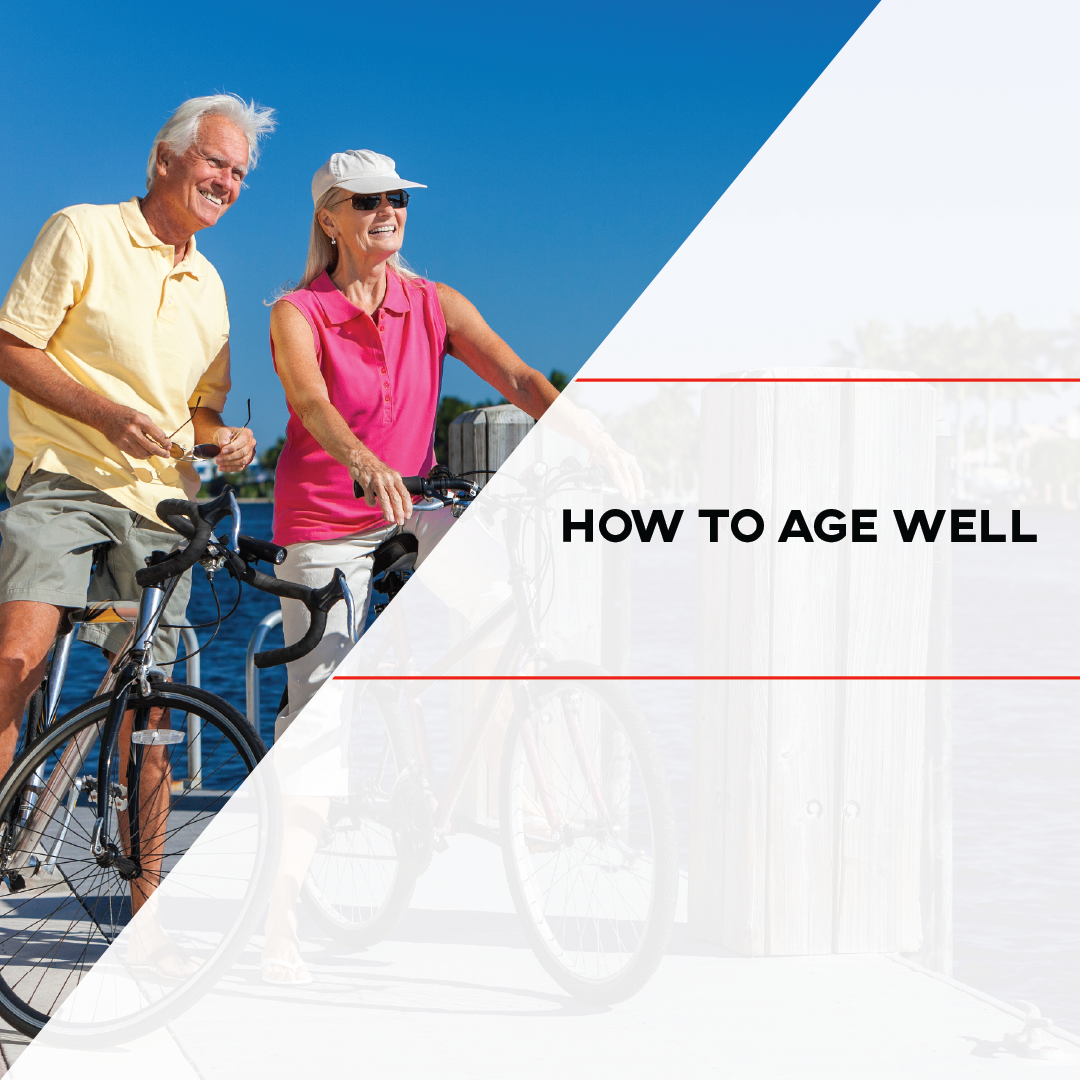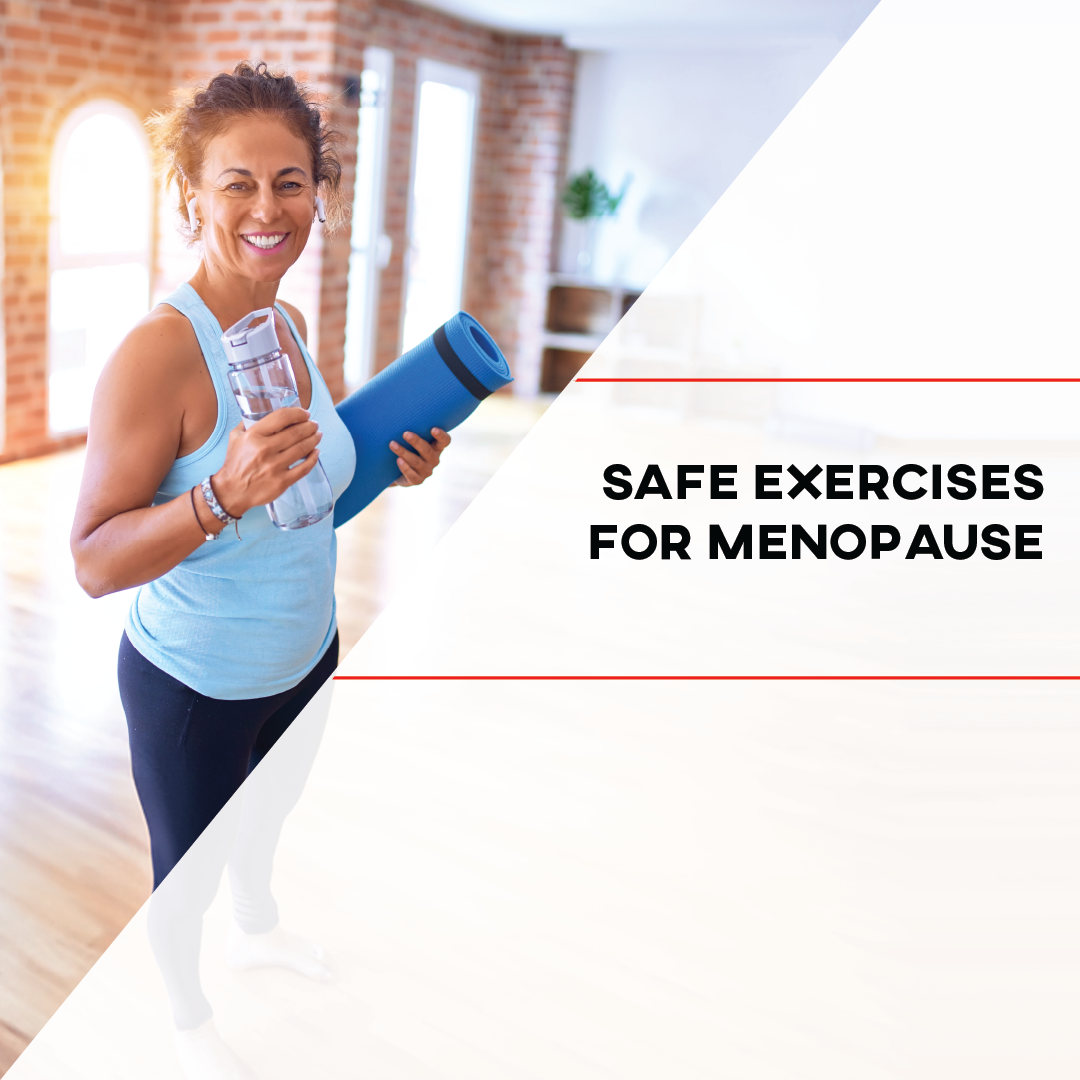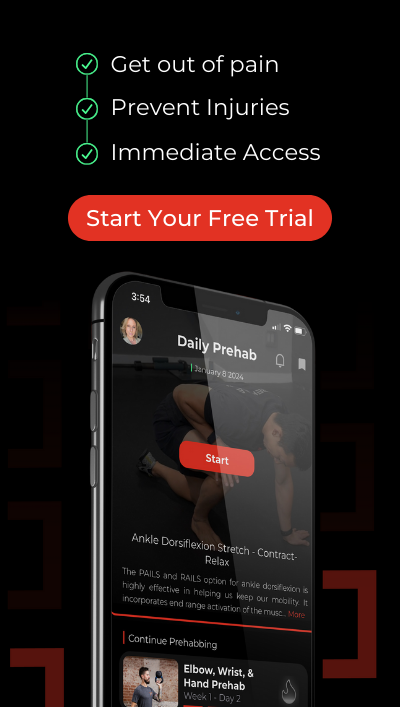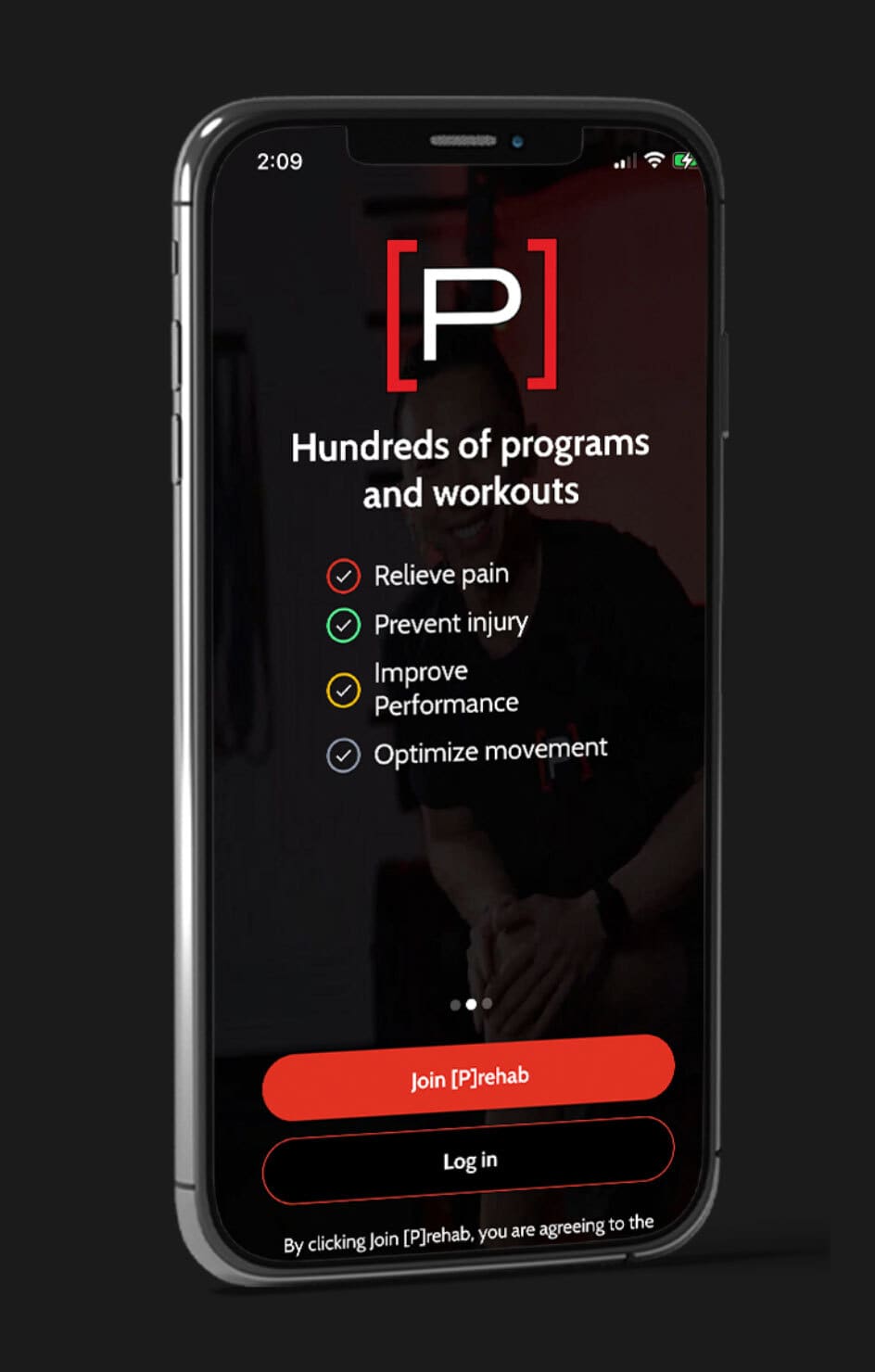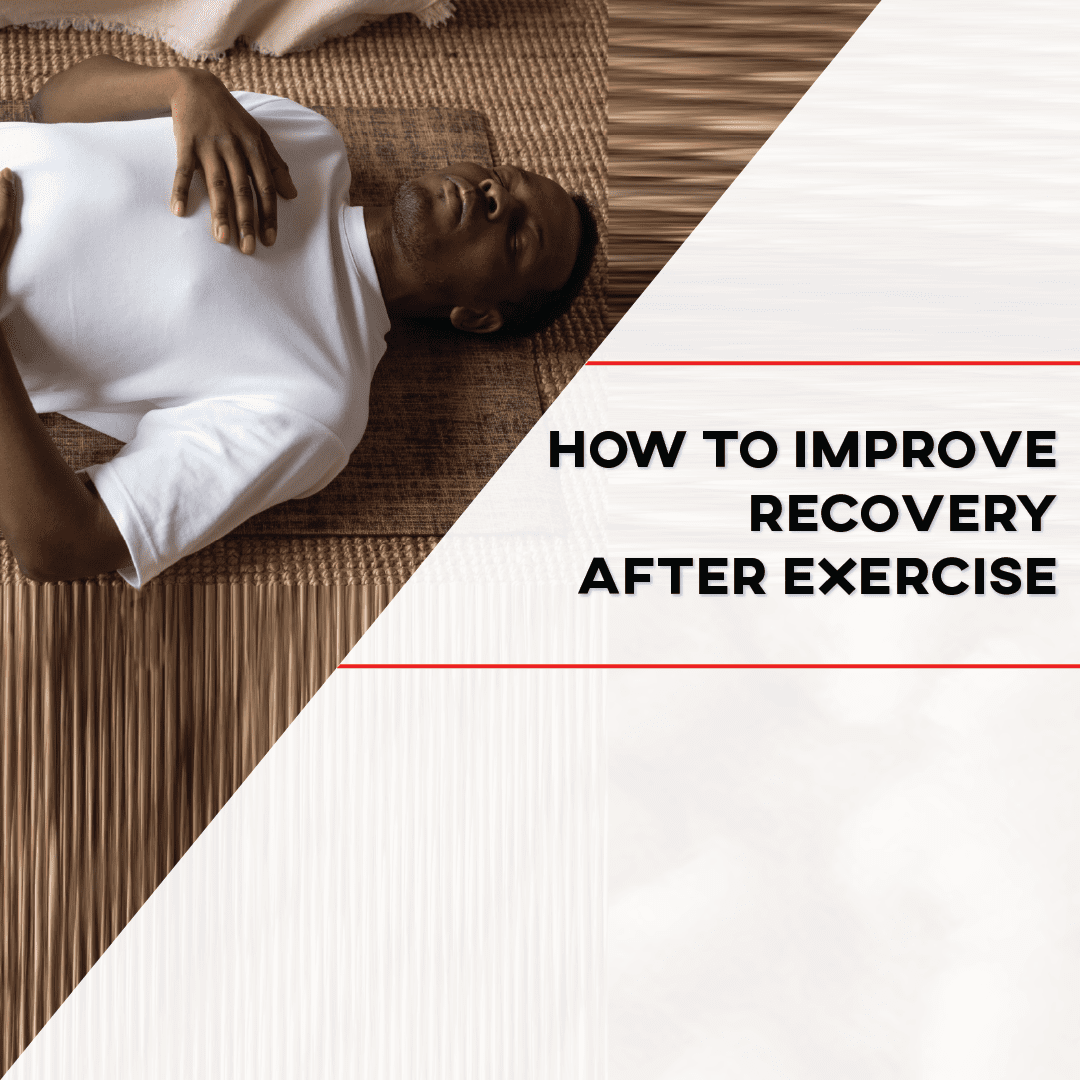
“When will I be fully recovered?” This is honestly one of the most common questions we receive in the clinic working with patients, answering messages on social media, and responding to comments and emails. Understanding recovery from an injury has to begin with understanding what full recovery means to someone. Recovery is also a popular word now within the fitness and sports medicine world in reference to the body’s physical readiness. From recreational weightlifters to pro athletes – everyone is eager to learn how to recover faster and push the boundaries of human performance. In this article, we will dive deep into understanding recovery and what it means within different contexts. We will share strategies we use to help individuals better cope with their ongoing recovery and also recovery strategies we use and teach to improve physical readiness. Follow along in this article and learn how to improve recovery after exercise!
Learn All About Recovery!
Let’s face it, getting injured sucks 👎🏻 It can be a tedious process to rehab an injury, recover from a surgery, or simply try to make a nagging ache or pain go away. Lately, I’ve been getting asked this question ➡️ when will I be fully recovered? When am I going to be 💯 percent doc? I really use to struggle with this question, let alone having this conversation with patients. It was so overwhelming to try and give a concrete answer, but through trial and error and valuable experiences, I realized I cannot provide a concrete answer in regards to someone’s full recovery on my own.
I realized IT DEPENDS on the person asking me and what THEIR definition of full recovery is. This answer requires a team effort…
What Does Recovery Mean To You?
When I get asked that question now, I ask the patient 🗣 what does full recovery mean to you? It seems like a simple question to ask, but now I really focus on what their end-goal is and what they think will help them reach full recovery. As a rehab specialist, you want to help people get better ➡️ you have an idea of what you want this person to be able to accomplish. Sometimes we think if they can do X, Y, and Z, they’re recovered. BUT that is NOT always the case, actually, it can be quite far from it.
For some people, going to rehab appointments is a means to get back to playing sports or participating in intense physical activities. For others, rehab may be to get back to work, being able to get up and down from the ground, or just to make life easier, safer, and experience less pain. Understanding recovery starts with understanding the person going through it!
IT DEPENDS ➡️ being ‘fully recovered’ can mean something very different for two people. But it’s so important to learn this day 1️⃣ understanding recovery helps identify goals and things to work on. Don’t just give people deadlifts or pain science education because Instagram says so ➡️ take the time to interact with people and learn what recovery means to them. Your knowledge means 💩 if someone doesn’t buy-in to you trying to help them get fully recovered – whatever that may be.
How To Improve Recovery
So we have established what full recovery means for someone, great! Now, the tricky part is how do we get there? Maybe you’re reading this because you’re managing your own injury, you’ve plateaued, and now you need some tips and advice. Some of you may be reading this with a specific patient or client in mind because of their complicated situation. Below we will outline what we believe to be some of the most important factors to consider when deciphering how to improve recovery.
Looking To Improve Your Overall Fitness and Recovery Strategies?
Recovery from exercise is just as important as the exercise itself! This Fitness Fundamentals Program will teach you the fundamentals necessary to train for longevity.
Analyze ‘Full Recovery’ With S.M.A.R.T Goal Setting
How to improve recovery should start with SMART goal setting. SMART is a classic mnemonic/acronym that has been around for a long time. Not only do we use this with our patients and clients, but also with our business and our daily lives.
- Specific – you have to make your end goal specific, clearly defined, and simple. If you’re having a hard time keeping your end-goal simple, it is ok to have more than 1 goal (I like to call these small goals) during the recovery process. These can be benchmarks to show progress toward the single-end goal.
- Measurable – you cannot manage what you do not measure. Building off #1, if your end goal is to run a race pain-free, you have to start with measuring the distance. How far can you currently run pain-free? Why can’t you run further pain-free? Some small goals that would make sense include building up mileage on a weekly basis with a training program to facilitate pain-free running.
- Achievable – this is probably the most important aspect of SMART goal setting. This is something that needs to be addressed in that first conversation regarding full recovery. If you just injured yourself, let us say an ankle sprain, would running a marathon the next day be achievable? If not, realistically when could it be? First, you have to manage to swell, range of motion, pain, pain-free walking, and pain-free running – see how these could be small goals?!
- Relevant – of course, the end goal should be relevant. Otherwise, it will be hard to stay motivated. I think this is a really important factor to consider for clinicians, personal trainers, coaches, and others helping people set goals. As we mentioned earlier, you have to ASK the person what full recovery means to them. With that in mind, you should tailor education, exercises, and movements that are relevant to the person and their end goal. Sometimes R is also referred to as Realistic – which we will cover below.
- Time – to wrap up SMART goal setting, you have to consider the timeline. This goes hand-in-hand with the achievable and realistic aspect of SMART goal setting. If you do not create/pick a smart timeline, it can compromise how realistic and achievable the end goal is. Going back to the marathon example, it may not be realistic to run a marathon a couple of days after a bad ankle sprain. However, by creating a timeline with realistic and achievable small goals to check off each week, that marathon doesn’t seem so far away and impossible!
Modify Versus Remove From Activity
Have you ever been to the doctor’s office and the only advice you got was to stop doing what you love to do?
“Your knee hurts with running? Well stop running and rest.”
A great facilitator is one that is going to modify versus remove. What I mean by that is if someone wants to run pain-free but it hurts a lot, DO NOT start with telling the person they cannot run. Do everything you physically can to MODIFY versus removing running from the person’s life. Removing is a quick way to find the person removing themselves from your care and looking to others for the answer that they want. Below are some examples of modifying movements and activities without fully removing them (click the video links to learn more about the video in the descriptions.)
Getting Back To Running After ACL Surgery
How To Get Back To Running
Lift Around Knee Pain
Training Around Back Pain
READ: DEADLIFTING WITH BACK PAIN
Strategies For Performance
Understanding recovery in regards to performance is a whole different conversation. Recovery – which stands for the body’s physical readiness (with full recovery = return to physiologic homeostasis) is now a significant topic of interest. At the professional level, we are now seeing athletes across all sports taking nights off from games and competition due to ‘workload management’. We are seeing changes even in how the average person prepares and recovers from training sessions. What causes recovery to drop? How can you improve your recovery for performance? Is it possible? Let us review a recent article and share some take-home points to consider.
The Prehab membership is the anti-barrier solution to keeping your body healthy. Access state-of-the-art physical therapy, fitness programs, and workouts online in the comforts of your own home or gym! Taking control of your health with exercise & education from the palm of your hand has never been easier. Get access to 50+ programs, 100+ unique workouts, and 3000+ exercises to build your own workout routines. Trial it for free, and learn how to get out of pain, avoid injury, and optimize your health with [P]rehab!
Can We Influence Delayed Onset Muscle Soreness (DOMS)?
Anyone that has worked out really hard or done something new for the first time knows what Delayed Onset Muscle Soreness (DOMS) feels like. It’s that terrible soreness you feel that peaks 1-2 days later after the activity that can last for days. Yes, it is due to muscle damage, but it is more than just that. We will be honest and say it still isn’t 100% understood! What is easier to understand is how you feel and what it affects, this may include…
- Fatigue
- Muscle soreness and/or pain
- Stiffness and decreased range of motion (ROM)
- Swelling
- Decreased muscle strength
- Decreased performance with subsequent activity
- Increased risk of injury
All of these things point to a decreased recovery. But don’t be alarmed, as you know (if you have ever experienced DOMS), these are short-term and just potential side effects of intense/new physical activity. The question now is can we influence DOMS? Can we avoid it? Can we cut down the time DOMS lasts for? This is such a hot debate on social media especially with so many recovery tools getting publicity. I searched for the most recent systematic review on the topic of DOMS and this is what I found.
According to a systematic review by Dupuy et al. 2018, “In conclusion, we were able to identify several recovery techniques that can be used after a single exercise session to induce a reduction in DOMS and/or perceived fatigue. Among them, massage seems to be the most effective for both DOMS and perceived fatigue. Water immersion and the use of compression garments also have a significant positive impact on these variables but with a less pronounced effect. Perceived fatigue can be effectively managed using compression techniques, such as compression garments, massage, or water immersion. Furthermore, the most powerful techniques that provide recovery from inflammation are massage and cold exposure, such as water immersion and cryotherapy. In this meta-analysis only one recovery session was examined.”
It is very important to understand that even though there is evidence to support passive and active modalities for improving DOMS and perceived fatigue, their treatment effect sizes were mostly small to moderate, except for some…
Table 1. Effects of recovery techniques on the kinetics of DOMS and perceived fatigue.
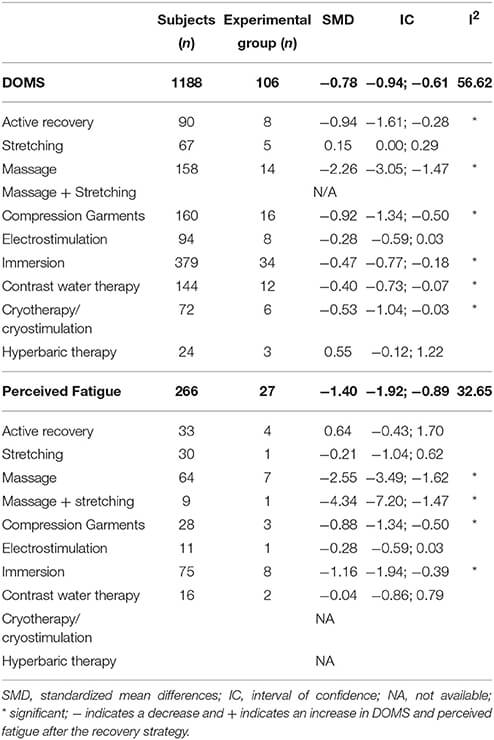
From Dupey et al
SMD = treatment effect size. Magnitude of the SMD: < |0.50|: small; |0.50| to |0.80|: moderate; and >|0.80|: large
Understanding Recovery; So What Can Decrease DOMS?
The takeaway from this study is immediately after exercise, the recovery strategies they found with the largest effect sizes that can decrease DOMS are active recovery, massage, and compression garments. Cold water immersion (CWI), contrast water therapy, and cryotherapy may decrease DOMS as well, but with a smaller effect. It is interesting to note for CWI, an exposure of 11–15°C over 11–15 min was considered to be the optimal circumstance to obtain a positive impact after exercise to reduce DOMS.
What Can Decrease Perceived Fatigue?
The takeaway from this study is immediately after exercise, the recovery strategies they found with the largest effect sizes that can decrease perceived fatigue are massage + stretching, massage, cold water immersion, and compression garments.
What Recovery Strategy Should I Choose?
It can be really challenging to know what works and what doesn’t work to improve your recovery. Is it worth the time and money to invest in recovery strategies? How do you know its working? A big limitation of the study mentioned above is they didn’t look at performance as an outcome. If you think about playoff sports when athletes are peaking with their performance, do you think they’re fully recovered for game 7 deep in the playoffs?
Shoulder Mobility Routine
We are really big fans of active recovery. Even though DOMS and fatigue are still likely to be present, performing active recovery mobility routines can help with perceived pain and stiffness. The biggest benefit is not feeling limited or restricted with how freely you can move into various positions or ranges of motion. At the end of the day, recovery strategies should facilitate being more active and movement!
Lower Body Mobility Flow
However, with that being said you know your body better than anyone else. You have to find what works for you from a subjective and objective standpoint. If massage makes you feel better and more recovered after exercising, great! However, put it to the test and repeatedly measure how you feel, your subsequent performances, and other outcomes that are valuable to you and see if just mastering the basics (read more below) without the additional recovery strategies can get you the same, if not better results! With the effect sizes being small for some of the recovery strategies, the debate is whether you would perform the same whether you use them or not. Understanding recovery starts with testing your recovery!
What Else Can Improve Recovery?
We cannot stress enough to master the basics first.

From Sports Science
- How to improve recovery starts with getting adequate sleep (7-8 hours/night). Chronic sleep deprivation has been correlated with negative health consequences and even an increased risk of injury in adolescent athletes. Learn more about other consequences of sleep deprivation here
LISTEN: THE HEALTH BENEFITS OF SLEEP
- Nutrition is something you should take even more seriously than your training. Again, you cannot manage what you don’t measure. Do you even know how many calories you consume vs. what you burn on a daily basis? Do you know what your body needs? Supplements like ZMA, tart cherry and other recovery aids should only be considered after mastering basic nutrition. Maybe consider connecting with a nutritionist if you need guidance, and if you’re serious about your health look into getting a full workup done with InsideTracker to better understand exactly what your body needs.
- Training volume and workload management. I can honestly say >75% of the injuries I see in the clinic are overuse injuries. Often these individuals are the ones trying to exhaust all of the recovery strategies mentioned earlier, however, they simply aren’t managing their workload well in the first place. You can’t expect to improve DOMS and perceived fatigue if you’re asking too much from your body and brutalizing it. When it comes to staying injury-free and consistently feeling recovered, proper exercise dosage is crucial. You have to train and prepare your body for the physical demands you plan to impose on it. You wouldn’t run a marathon without training for it, the same rules apply for recreational sports, lifting heavy weights, doing a big hike, you name it.
Closing Thoughts
Before you begin to discuss how to improve recovery, you have to define what it means based on the context. We reviewed some great strategies to help with understanding recovery and facilitating it (S.M.A.R.T Goal Setting). We shared some examples of how to modify versus remove activities, more importantly why this needs to be the standard in rehab settings. Lastly, we covered recovery from a performance standpoint. Remember, there are studies that support AND disapprove of some of the recovery strategies mentioned. However, it will always depend on the methods, outcomes, and context. Master the basics first before jumping ship to every new and innovative recovery strategy out there! Recovery strategies will never replace and fix bad sleeping habits, crappy nutrition, and a poor training program.
Looking To Improve Your Overall Fitness and Recovery Strategies?
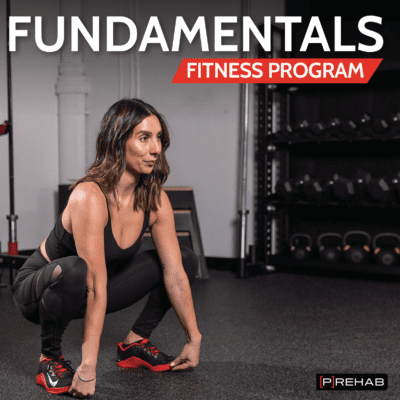 Construct the foundation to build the house upon. That is what fitness fundamentals are all about. We often try to rush the process instead of slowing down and making sure you have a good understanding of movement standards before loading a bunch of weight on top of it. What’s the difference between a squat and a hip hinge? Should you be bench pressing if you can’t do a push-up? Should you be running if you are unable to do a single-leg stance? Let’s take out the guesswork and take 4 weeks to answer these questions and to make sure you are set up for long-term results in a fitness program!
Construct the foundation to build the house upon. That is what fitness fundamentals are all about. We often try to rush the process instead of slowing down and making sure you have a good understanding of movement standards before loading a bunch of weight on top of it. What’s the difference between a squat and a hip hinge? Should you be bench pressing if you can’t do a push-up? Should you be running if you are unable to do a single-leg stance? Let’s take out the guesswork and take 4 weeks to answer these questions and to make sure you are set up for long-term results in a fitness program!
REFERENCES
About The Author
Craig Lindell, PT, DPT, CSCS
[P]rehab Co-Founder & Chief Content Officer





